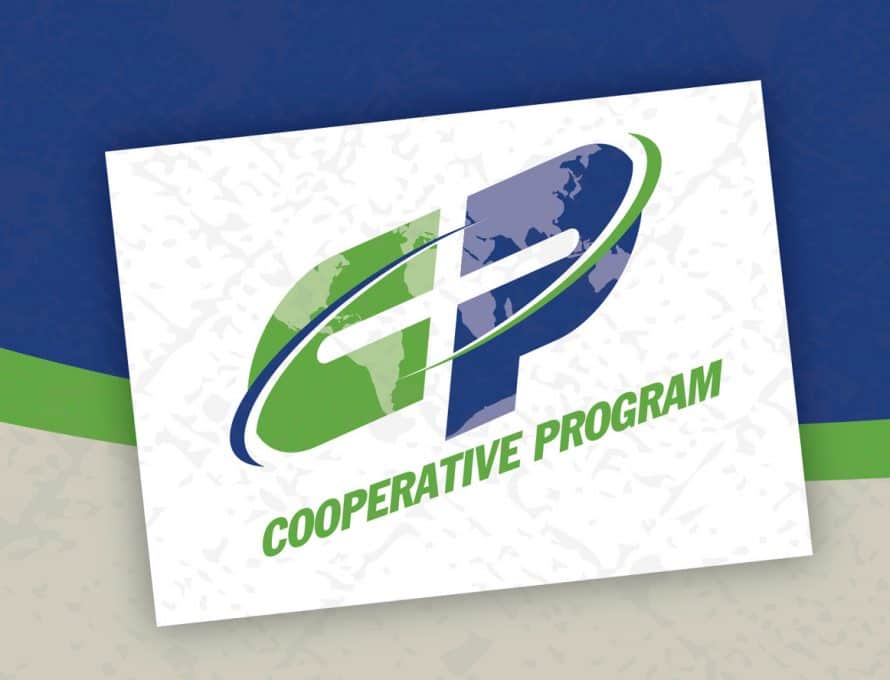EDITOR’S NOTE: This is the third of several articles commemorating the Baptist history in Missouri, written by members of the Missouri Baptist Convention’s Historical Commission.
Many Missouri Baptists do not realize how influential our state association was in establishing the current model for the Cooperative Program. In 1845, when the Southern Baptist Convention was formed by withdrawing fellowship from the Baptist Triennial Convention, many states like Missouri had to decide which convention they would join. The General Baptist Association of Missouri formalized their decision in 1846 and decided to align with the Southern Baptist Convention. In 1861 when the American Civil War broke out, Missouri became a divided state with soldiers fighting for both sides. When the war ended in 1865, Missouri needed a way to unify the state and end the division between brothers and sisters. Baptists lead the way for unity in 1869 when the General Baptist Association of Missouri voted to remove the Southern Baptist Convention alignment restriction and permitted Missouri Baptist Churches to give financially to the institution of their choice.
At first this cry for unity seemed to be working, as Baptist churches began giving to missionary efforts through northern and southern missionary movements. However, problems soon arose as four distinct missionary organizations began calling on the Missouri churches; the Home Mission Board of the Southern Baptist Convention, the American Baptist Home Mission Society, The Foreign Mission Board of the South Baptist Convention, and the American Baptist Missionary Union. Each missionary movement thought their missionary effort was the most important and called for each church to give their “first fruits”.
By 1888 Missouri Baptists decided they needed a change in the way funds were raised by the various organizations. The General Baptist Association of Missouri elected two messengers to attend the national meetings for the various missionary organizations. At these meetings, they called for the formation of one board to govern, collect and distribute funds to the various missionary organizations, and called for American Baptist Society and Southern Baptist Convention to only seek funds from churches which affiliated with them. Based on these agreements the “The Missouri Plan” was formed calling for one board, the General Home and Foreign Missions Board, to raise money, which it forwarded to the various missionary agencies.
“The Missouri Plan” was influential in helping guide the formation of the Cooperative Program in 1925 by the Southern Baptist Convention. If not for great leaders in Missouri, the Cooperative Program may have never existed as it does today, where churches work together to further missionary efforts location, regionally, nationally, and worldwide. Thanks to “The Missouri Plan” our cooperation continues today.

